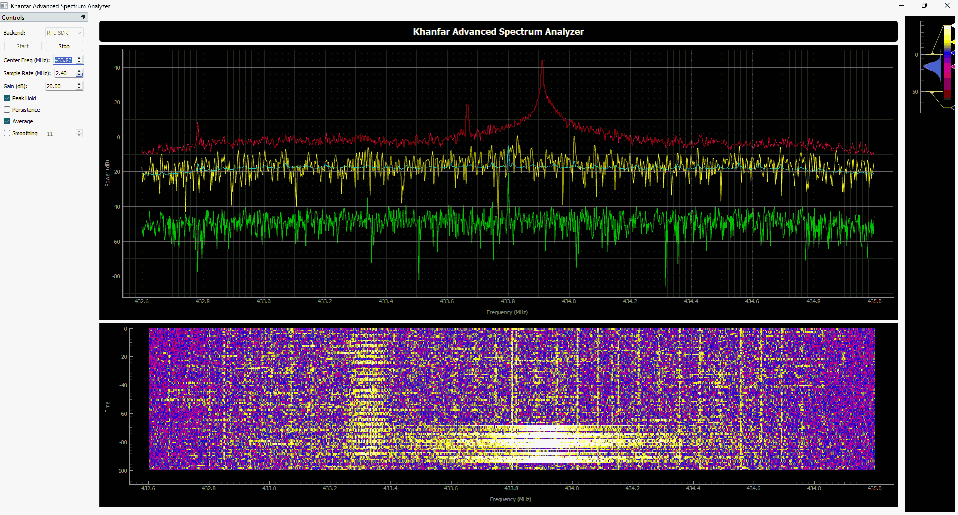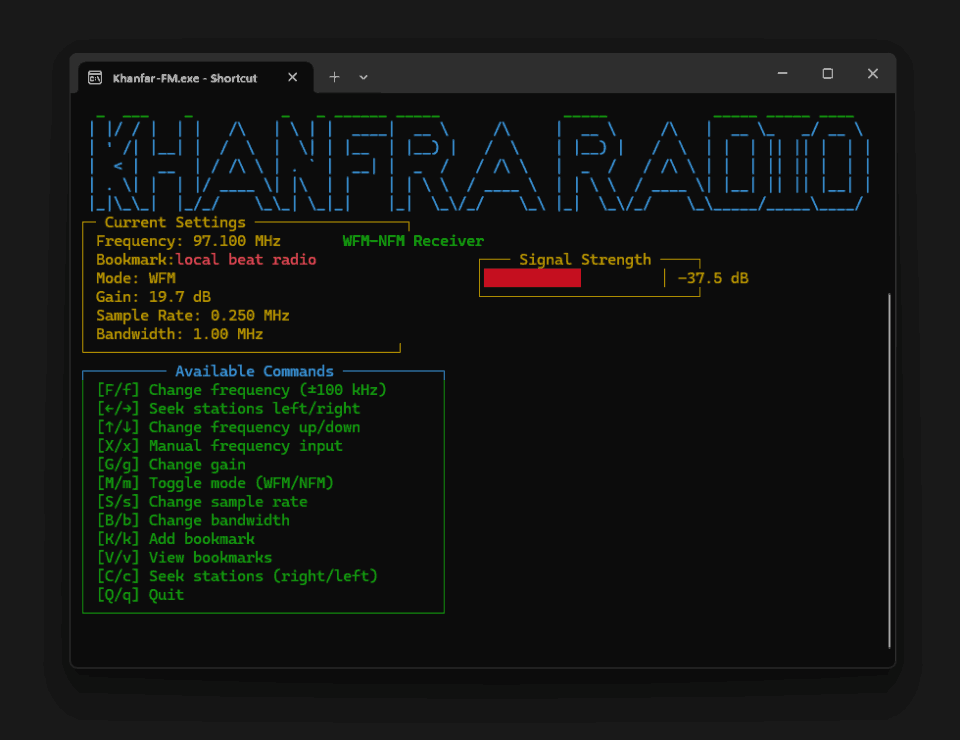Recently, Florian Euchner, a research assistant at the Institute of Telecommunications at the University of Stuttgart, has released information about a project called ESPARGOS that he has been working on. ESPARGOS is a phased array of many patch antennas, each connected to an ESP32 WiFi microcontroller. Phased arrays enable interesting things like radio direction finding.
Combined with a bit of code, Florian can not only determine the direction of arrival of WiFi signals but, with enough patch elements, also create a live heatmap of the WiFi source overlayed on top of the video. We note that ESPARGUS is not based on software-defined radio, however, the overall concept and implementation are quite similar to KrakenSDR.
In the video embedded below, Florian explains the system and demonstrates it in action. He shows how the WiFi signal from a device can be visualized, how it can be used to track movement of the device behind a wall, how reflections from a directional antenna can be seen, how a device can be triangulated with multiple arrays. Finally Florian also shows how a device can be located with a single array, even in a high multipath environment after a neural network is trained on the environment.
Florian writes:
More information is available on the project website of the ESP32 antenna array "ESPARGOS": https://espargos.net/
Source code for Python library + demos: https://github.com/ESPARGOS/pyespargos (directory "demos/camera" for "WiFi camera" demo)
As a research assistant at the Institute of Telecommunications at the University of Stuttgart, I work on multi-antenna systems like (distributed) massive MIMO, with a focus on wireless channel measurement platforms and algorithms for processing channel measurements (classical and deep learning-based).
One day, my (incredibly talented) colleague Marc Gauger suggested to use ultra low-cost ESP32 chips instead of software defined radios for channel measurements. I was highly sceptical at first, but when he showed me a minimalistic prototype he had soldered together, I was intrigued by the idea of being able to demonstrate my algorithms in real time using WiFi signals. In a series of Bachelor's / Research theses, my excellent students Tim Schneider, David Engelbrecht and David Kellner helped me develop the ESP32 antenna array "ESPARGOS".
Measured CSI dataset used for AoA / TDoA visualization: https://espargos.net/datasets/data/espargos-0005/
AoA / TDoA localization source code (needs some minor modifications to be applied to espargos-0005 dataset): https://github.com/Jeija/ToA-AoA-Augmented-ChannelCharting/
Channel Charting source code for the animation in the video:
https://github.com/Jeija/Geodesic-Uncertainty-Loss-ChannelCharting
Tutorial on Channel Charting: https://dichasus.inue.uni-stuttgart.de/tutorials/tutorial/dissimilarity-metric-channelcharting/
We note that while the software is open source, the array hardware itself is not. Florian has noted in a comment on his YouTube video that he is preparing a manufacturing run for ESPARGOS.
I am now preparing a manufacturing run for ESPARGOS. This involves some PCB redesigns to make the design more mass-manufacturable and to get the cost further down, and to get it certified. This will obviously take some time, but I will make sure to keep you updated. You can use the button on the website https://espargos.net/ to sign up for email updates, and I will also post updates via YouTube community notes.


